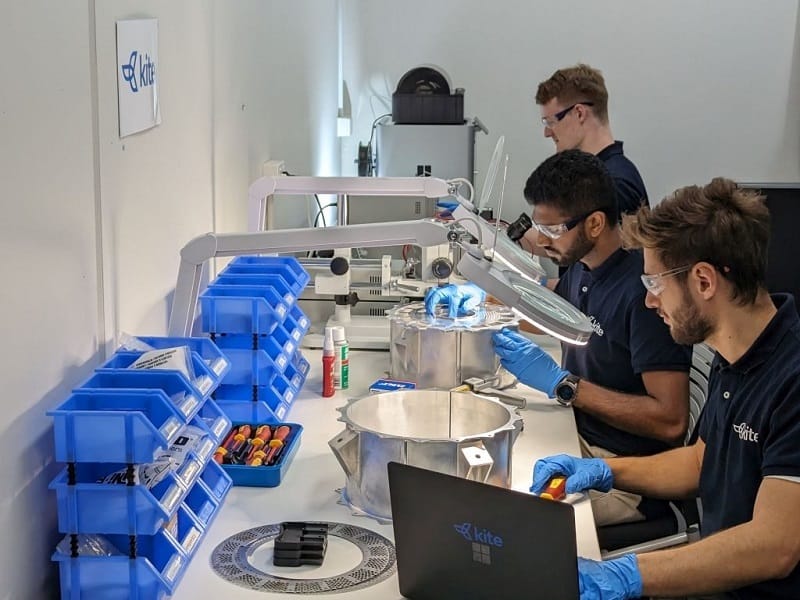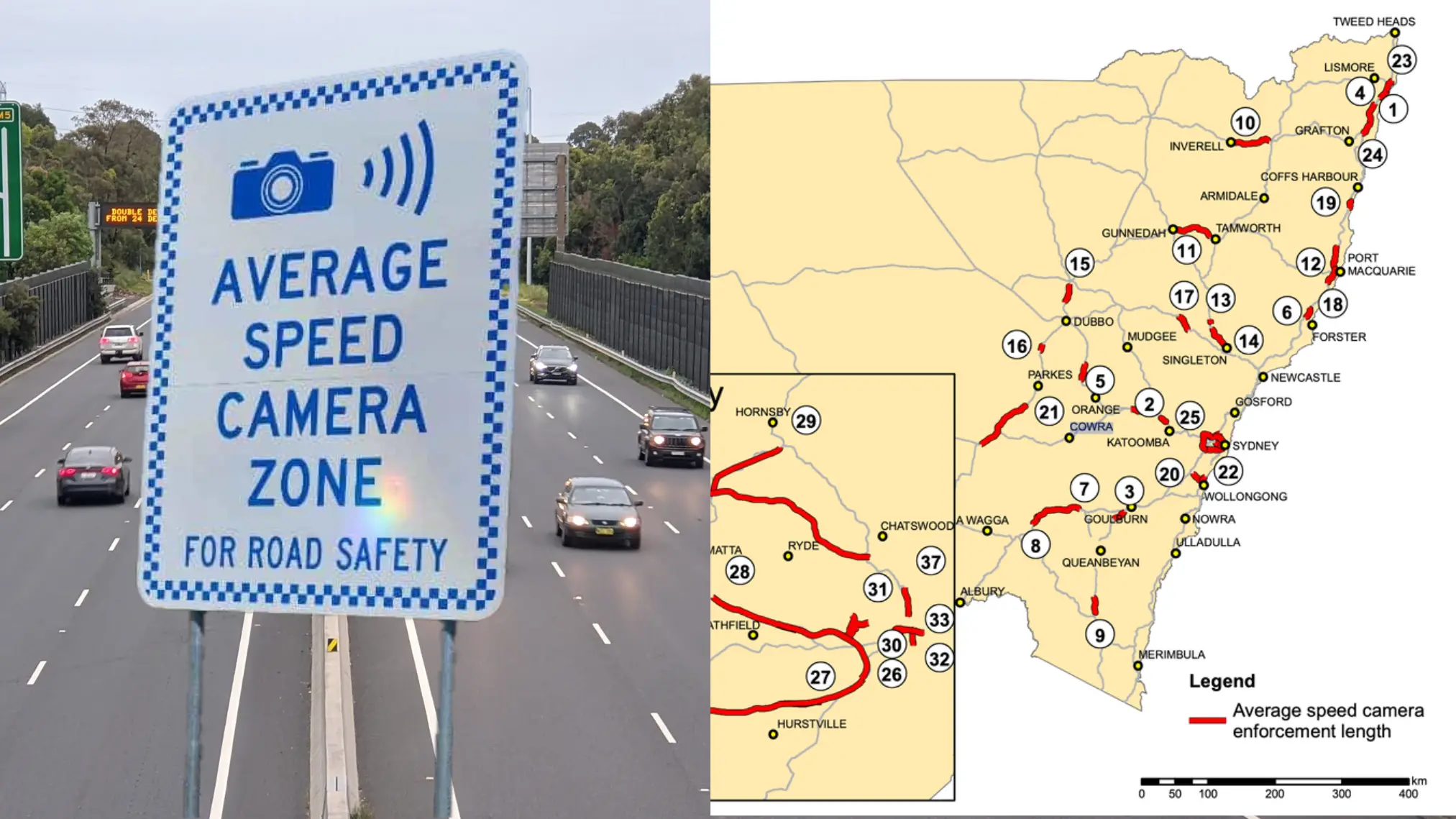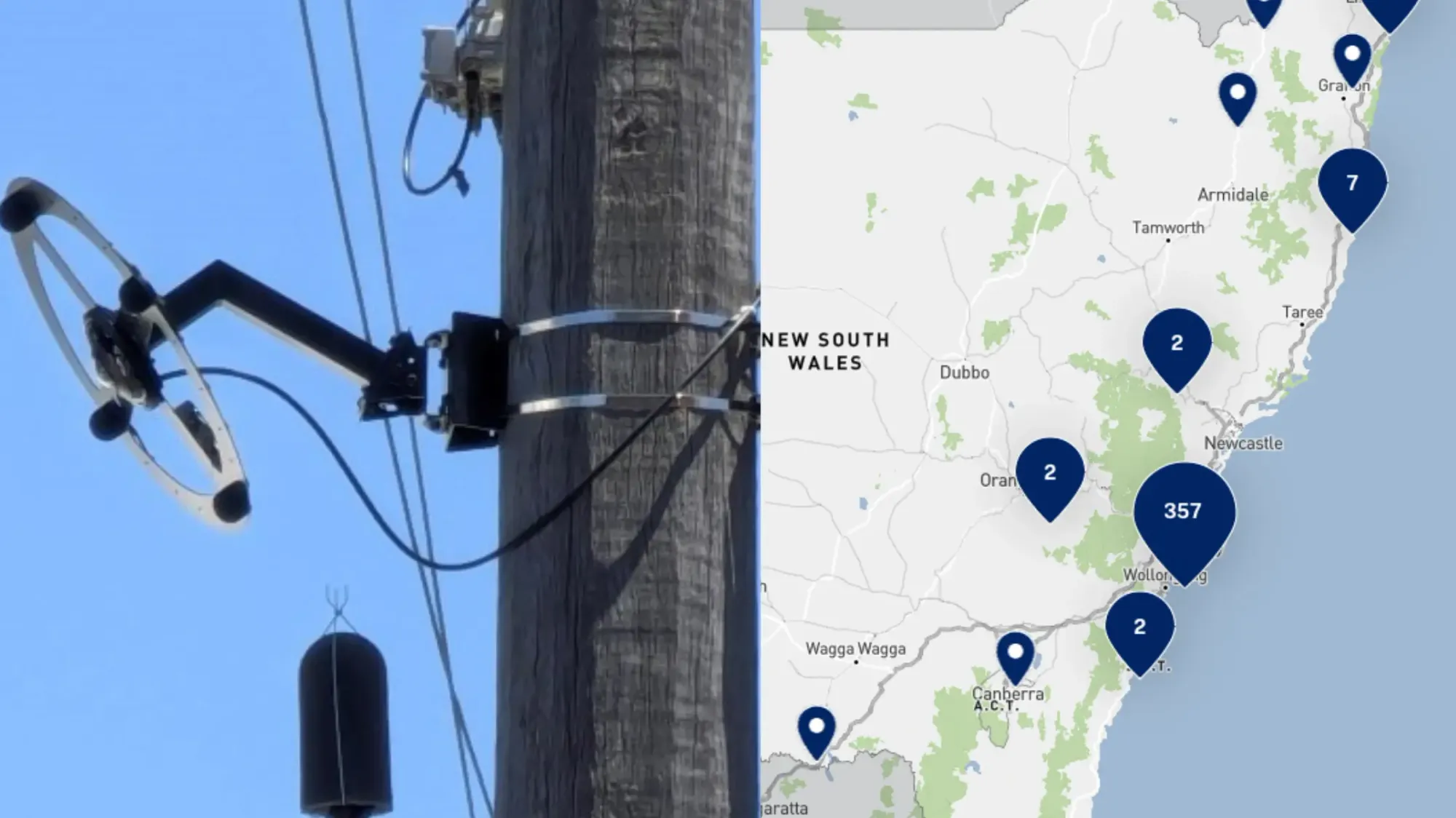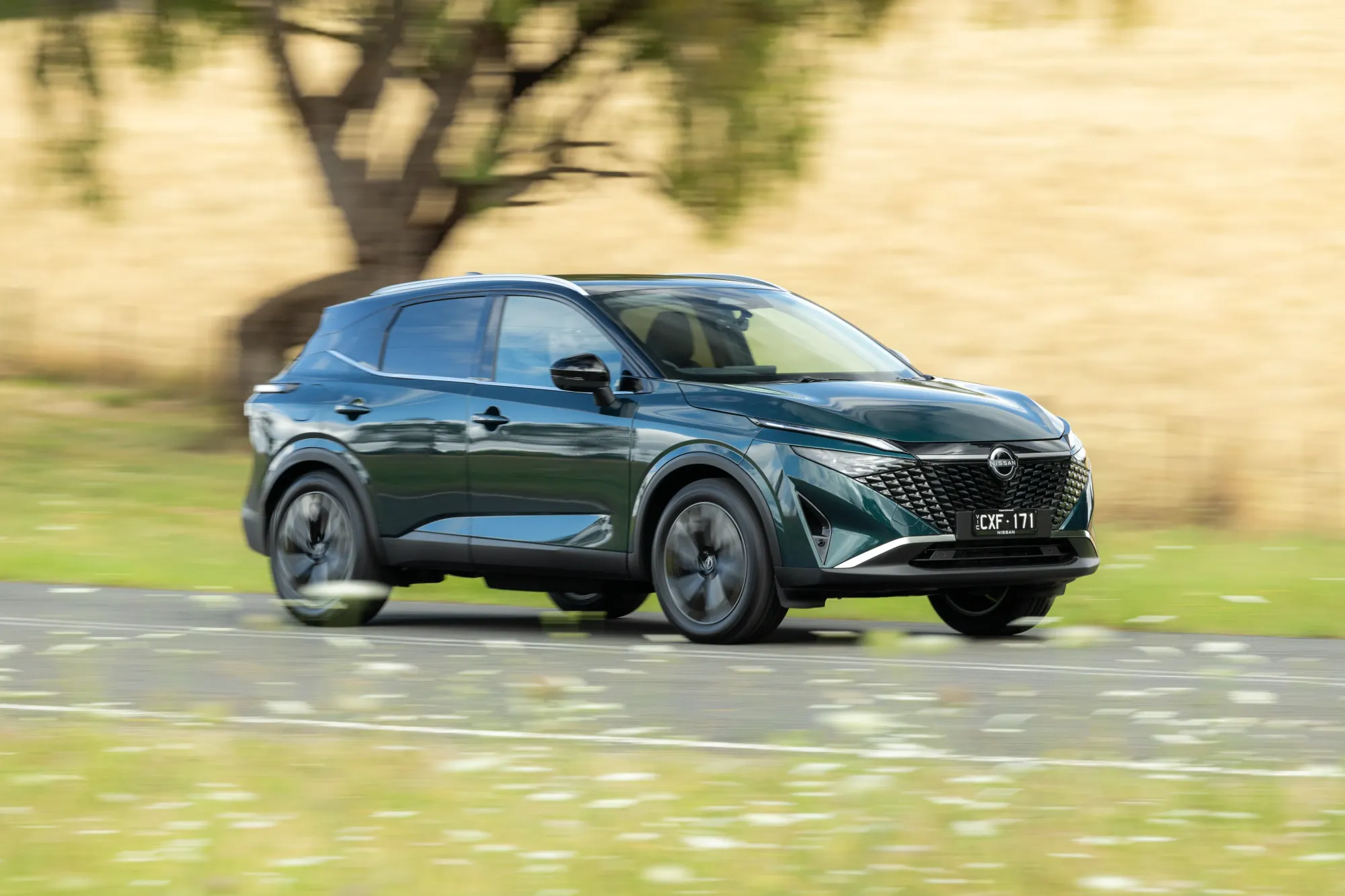A Landmark Move for Clean Energy Innovation
In a landmark move for Australia’s clean energy and advanced manufacturing sectors, Victorian startup Kite Magnetics has secured state government support to establish a cutting-edge manufacturing facility in Melbourne’s southeast.
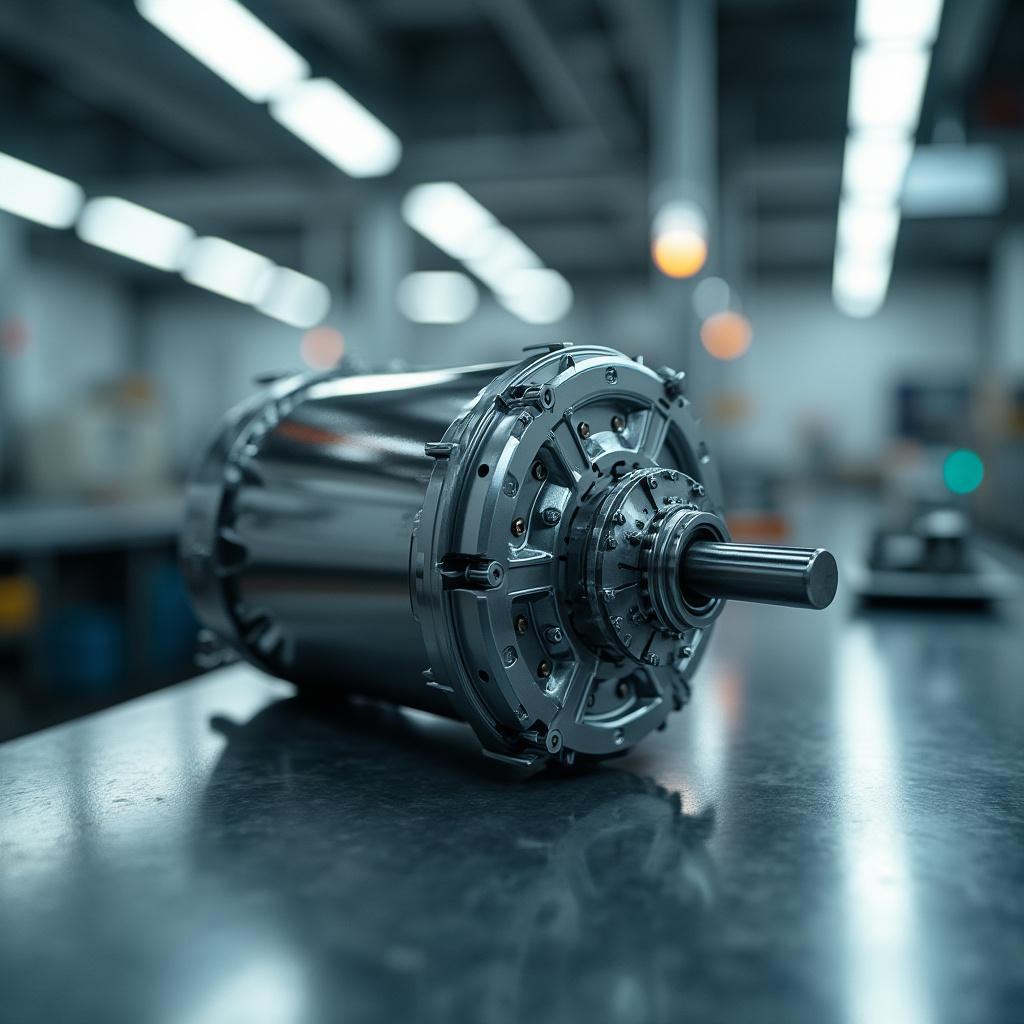
This project is set to create 140 skilled jobs directly and up to 550 indirect roles, while mass-producing the company’s groundbreaking Aeroperm® technology. This nanocrystalline magnetic material promises to transform electric vehicle (EV) motors and aviation propulsion systems, putting Australia at the forefront of sustainable innovation.
Aeroperm®: The Game-Changing Technology
Aeroperm®, developed at Monash University by co-founders Dr. Richard Parsons and Professor Kiyonori Suzuki, addresses critical inefficiencies in electric motors. The material’s ultra-low energy loss—10 times lower than traditional alloys—enables motors that are 30% lighter and 20% more efficient. This translates directly to extended EV ranges, reduced manufacturing costs, and enhanced performance across various applications.

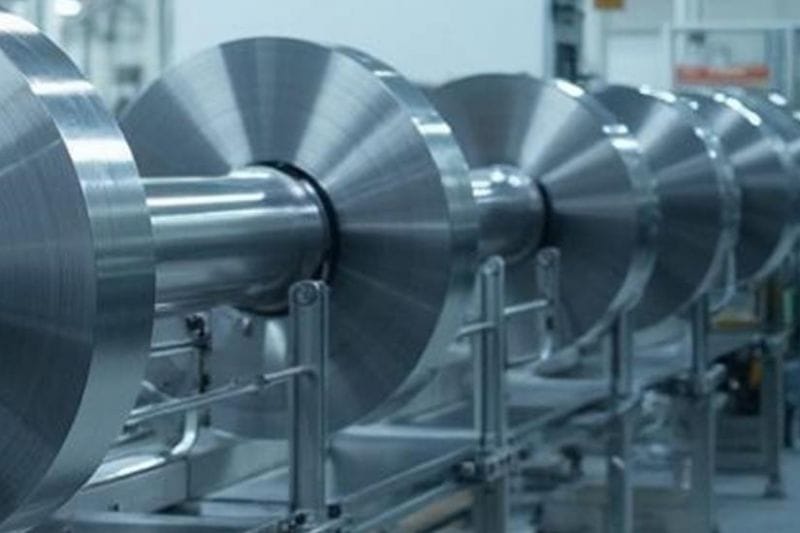
For electric aircraft, Aeroperm® could boost flight ranges by up to 40%, potentially accelerating the zero-emissions aviation sector. Kite Magnetics plans to scale production to 50,000 tons annually by 2029, targeting industries ranging from automotive and aviation to mining and renewable energy.
Government Support and Strategic Vision
The Victorian government’s investment is part of its Advanced Air Mobility Industry Vision, which aims to position the state as a leader in advanced manufacturing and electrification technologies. While exact funding figures remain undisclosed, this initiative builds on earlier support from Breakthrough Victoria, a $2 billion state venture fund that participated in Kite Magnetics’ 2022 seed round.

Economic Growth Minister Danny Pearson emphasized the broader significance of this partnership, stating that Aeroperm® is “accelerating electrification while backing quality jobs here in Victoria.” The project aligns with the state’s ambitious goal of achieving net zero emissions by 2045.
Transforming Industries with Revolutionary Applications
Kite Magnetics’ innovation has far-reaching implications for multiple industries. In the EV market, Aeroperm® could reduce motor production costs by up to 15%, enabling more compact designs for urban EVs as well as high-performance applications. In aviation, the material powers Kite’s electric aircraft engines, which were tested at their Green Aviation Test Facility in 2023.
The company has also partnered with firms like Dovetail Electric Aviation to decarbonize air travel. Globally, Aeroperm® positions Australia as a supplier of next-generation motor technology to leading automakers such as Tesla and BYD.
Challenges on the Road Ahead
Scaling production to meet ambitious targets will not be without challenges. Kite Magnetics must navigate supply chain complexities to secure rare earth minerals essential for nanocrystalline alloys. Regulatory hurdles will also need to be addressed as the company seeks certification for its motors across global automotive and aviation standards.

Additionally, automakers will need convincing to redesign motor architectures around this new material—a process that could take years of collaboration.
A Promising Future for Australian Innovation
While the exact location and launch timeline for the facility remain undisclosed, industry analysts anticipate operations to commence by late 2025. This timeline underscores the urgency of scaling up production while ensuring quality control and market readiness.
Kite Magnetics’ rise exemplifies Australia’s potential in high-tech manufacturing and sustainable innovation. By solving core inefficiencies in electrification, Aeroperm® could democratize EV adoption while positioning Victoria as a global hub for advanced manufacturing. However, success will depend on strategic partnerships and sustained investment from both public and private sectors.
The Victorian government’s backing is a promising start but must be followed by continued support to ensure this groundbreaking technology reaches its full potential.



